ENGYS releases HELYX v3.5.0 – Open-source CFD for Enterprise
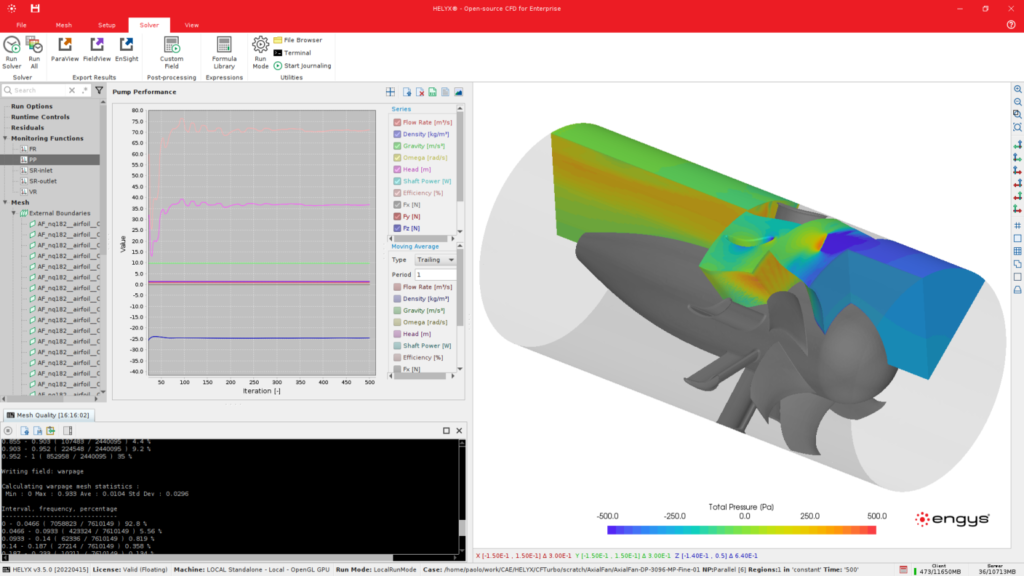
ENGYS is delighted to announce the release 3.5.0 of HELYX, a general-purpose Computational Fluid Dynamics (CFD) software solution for engineering design and optimisation based on ENGYS’ own open-source simulation engine (HELYX-Core). The new release also includes updates for all of HELYX’s add-on solver modules, namely: Adjoint, Coupled, Marine and Hydro. HELYX 3.5.0 offers a wide […]
ENGYS releases HELYX v3.4.0 – Open-source CFD for Enterprise

ENGYS is delighted to announce the release 3.4.0 of HELYX, a general-purpose Computational Fluid Dynamics (CFD) software solution for engineering design and optimisation based on ENGYS’ own open-source simulation engine (HELYX-Core). The new release also includes updates for all of HELYX’s add-on solver modules, namely: Adjoint, Coupled, Marine and Hydro. HELYX 3.4.0 offers a wide […]
How CFD Can Help Meet Dam Safety Regulations

Although the probability of a dam failure is often low, the consequences of one can be catastrophic. In the US, since 1980, there have been on average 24 dam failures per year, with overtopping the most common cause. Overtopping is where excess river flow causes the water level to spill over the top of the […]
Benchmarking CFD for External Aerodynamics

Enzo Ferrari famously said “Aerodynamics are for people that can’t build engines”. But in today’s efficiency driven world, aerodynamics is one of the most important development areas for OEM’s. New regulations demand vehicles to maximise fuel economy and minimise emissions, leading engineers to design aerodynamically efficient cars.
ENGYS releases HELYX v3.3.2 – Open-source CFD for Enterprise
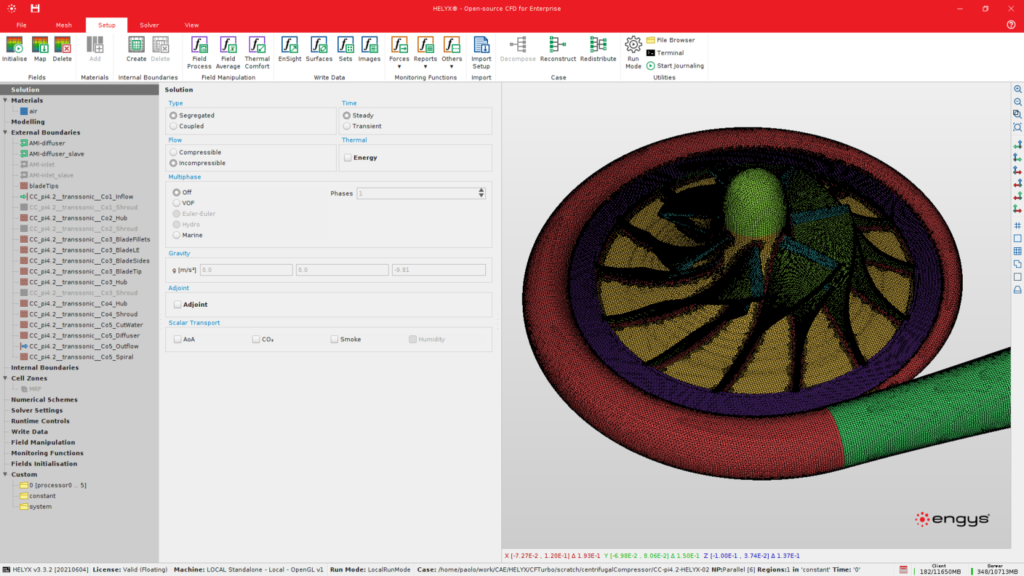
ENGYS is delighted to announce the release 3.3.2 of HELYX, a general-purpose Computational Fluid Dynamics (CFD) software solution for engineering design and optimisation based on ENGYS’ own open-source simulation engine (HELYX-Core). The new release also includes updates for all of HELYX’s add-on solver modules, namely: Adjoint, Coupled, Marine and Hydro. HELYX 3.3.2 is mainly focused […]
How to Simulate the Piston Effect in Train Tunnels

Why do you have to yawn or swallow to equalize the pressure in your ears when travelling through a tunnel? It’s all to do with a phenomena called the piston effect. What is the piston effect? When a train enters a tunnel, it compresses the air ahead of it, as the air it displaces is […]
Fan Noise Simulation Using HELYX
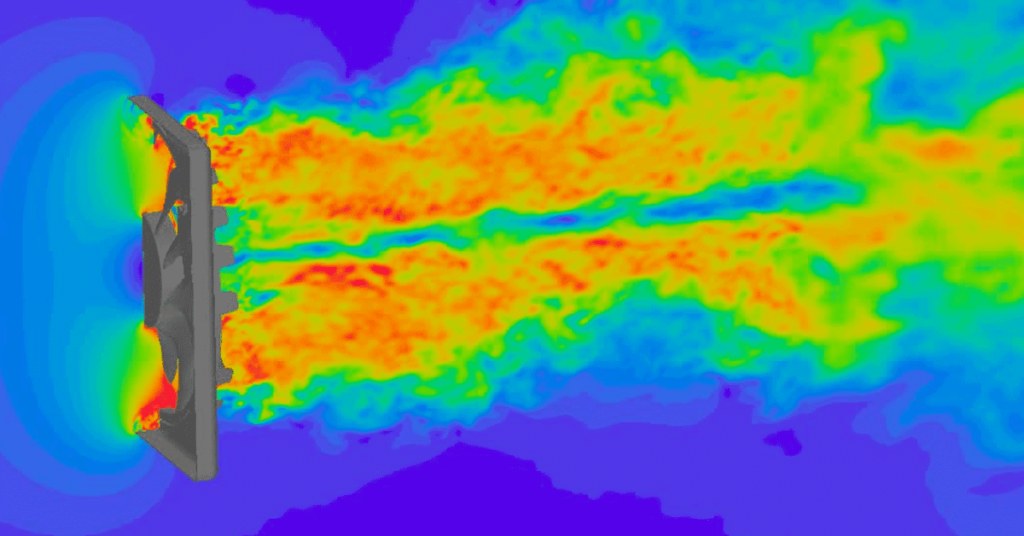
Automotive cooling fans are one of the major noise sources within a vehicle and can generate 85dBA at certain frequencies. That’s as loud as a lawn mower or a screaming child. Extended periods above 85dBA can lead to permanent hearing loss. With the average American spending 8.5 hours driving per week, reducing fan noise is […]
HELYX and ELEMENTS Learn by Example CFD Series
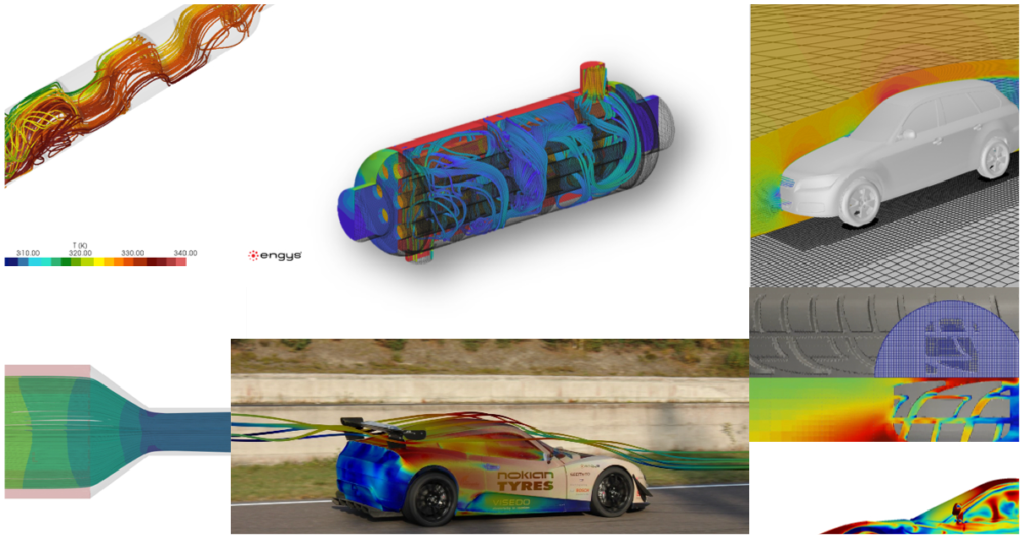
Last year was a busy year at ENGYS for webinars, with more than 17 different sessions and even more virtual events (See Table 3 at the bottom of this post). Since most simulation engineers were working remotely, we saw a huge uptick in webinar attendance, especially for our introductory talks on ELEMENTS and some more […]
ENGYS releases HELYX v3.3.1 – Open-source CFD for Enterprise
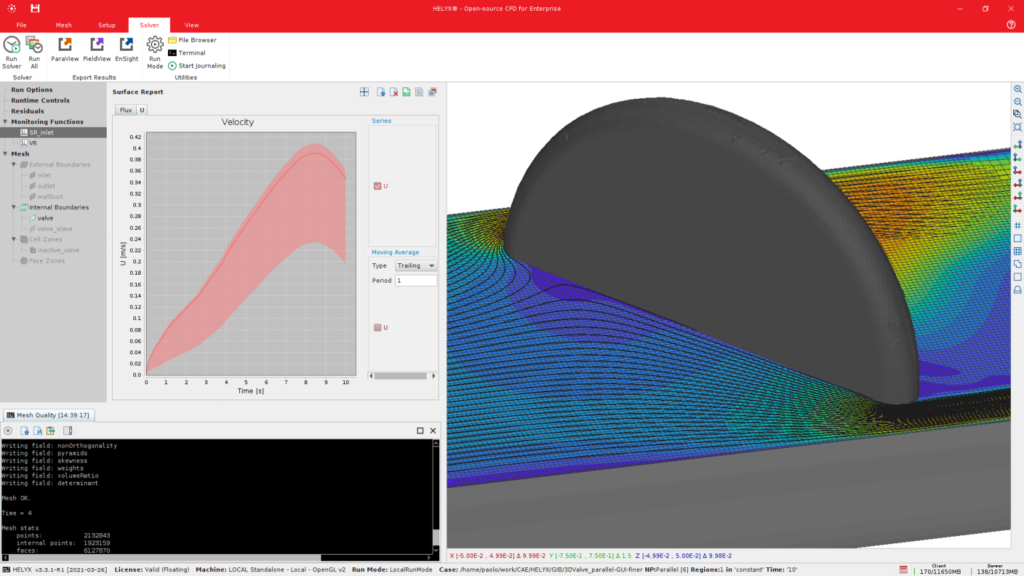
ENGYS is delighted to announce the release v3.3.1 of HELYX, a general-purpose Computational Fluid Dynamics (CFD) software solution for engineering design and optimisation based on ENGYS’ own open-source simulation engine (HELYX-Core). The new release also includes updates for all of HELYX’s add-on solver modules, namely: Adjoint, Coupled, Marine and Hydro. HELYX 3.3.1 offers a wide […]
PUR Foaming Simulation with HELYX
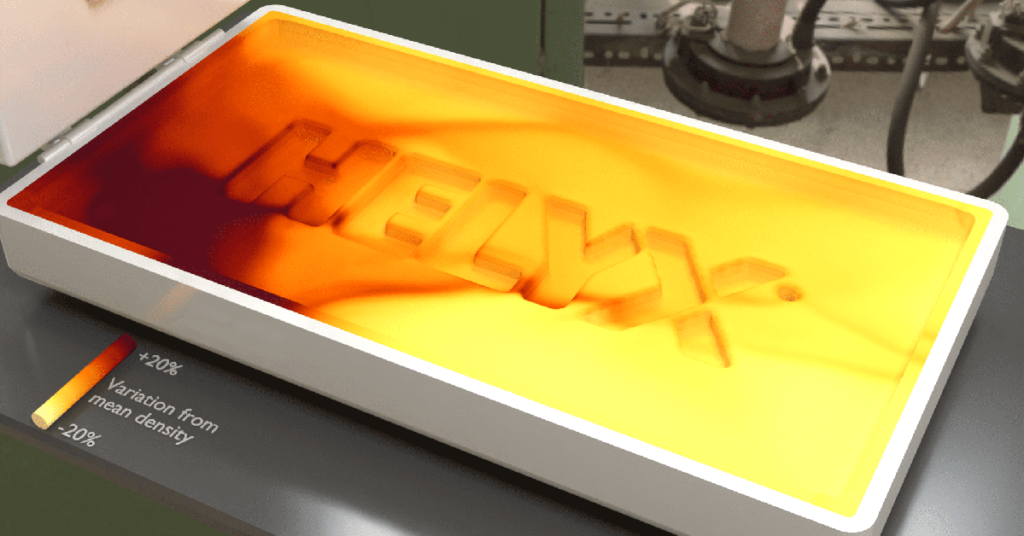
Polyurethane or short PUR or even shorter PU is impossible to avoid in our modern life. Since its discovery in the late 1930’s in Leverkusen it has been used for countless purposes. In its foamed-up form it is insulating our houses and refrigerators, it lets us sleep soft and comfortable at night and is used […]